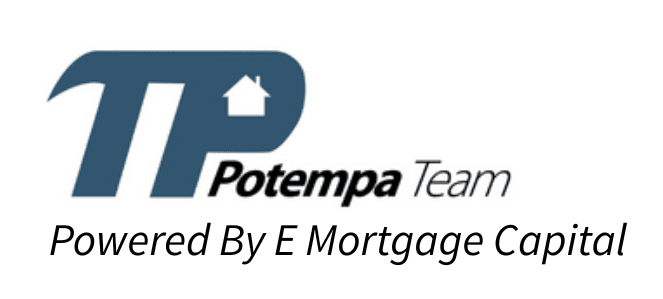For most people, their home is their greatest asset. Being able to tap into the value of a home can help them to cover vital expenses, such as remodeling projects on the home. Many homeowners turn to a home equity line of credit or a home equity loan to pay for those expenses, large purchases, and several other reasons.
Anyone who’s considering a HELOC or home equity loan, as a financial tool should ensure they understand exactly what it means to take out this type of loan against their home.
How does equity in a home work?
Home equity is how much of your home value you actually own. To determine it, you need to know the current value of the property. You then subtract the balance of the mortgage from the value of the home. The resulting value is the amount of equity you have in your home.
For example, if your home is worth $500,000 and you have a mortgage balance of $350,000, your home equity is $150,000. While you might be tempted to take out a home equity loan or HELOC for the entirety of the equity, remember that your home is collateral for the loan.
How can you increase equity in your home?
Equity in the home can increase based on two factors. The first is the current state of the housing market. Higher home values leave more room for equity in the home. The second is the payments you make toward the mortgage. Lower mortgage balances increase home equity.
What’s the difference between a HELOC and a home equity loan?
A HELOC is a line of credit that you can make withdrawals from over a prespecified period. Interest rates on a HELOC are variable, but you only pay them based on what portion of the credit line you access. For example, if you have a $100,000 line of credit but only take out $10,000, you’re only responsible for paying back the $10,000 plus the interest and any fees assessed. Repayment usually starts when the draw period ends, but it might include a balloon payment at the end of the repayment period.
A home equity loan is known as a second mortgage. You get the full amount of the loan in a lump sum. Regular payments are made starting immediately and are due in addition to your primary mortgage payment. These loans usually have a repayment period of 10 to 15 years. They typically cap at 80 to 85% of the home equity value.
What do lenders consider for loans or credit based on home equity?
People who apply for a HELOC or home equity loan must meet the requirements of the lender. In most cases, there are four main points that are considered. These include:
- Equity in the home
- Borrower’s income
- Borrower’s credit score
- Borrower’s financial liabilities
Borrowers should ensure they understand the terms of any type of credit related to the equity in their home. Working closely with a reputable lender is the best way that you can learn about your options. The Potenta Team is here to help individuals navigate through the home loan process, so contact us today.





